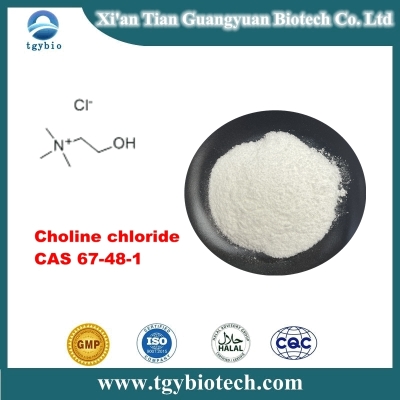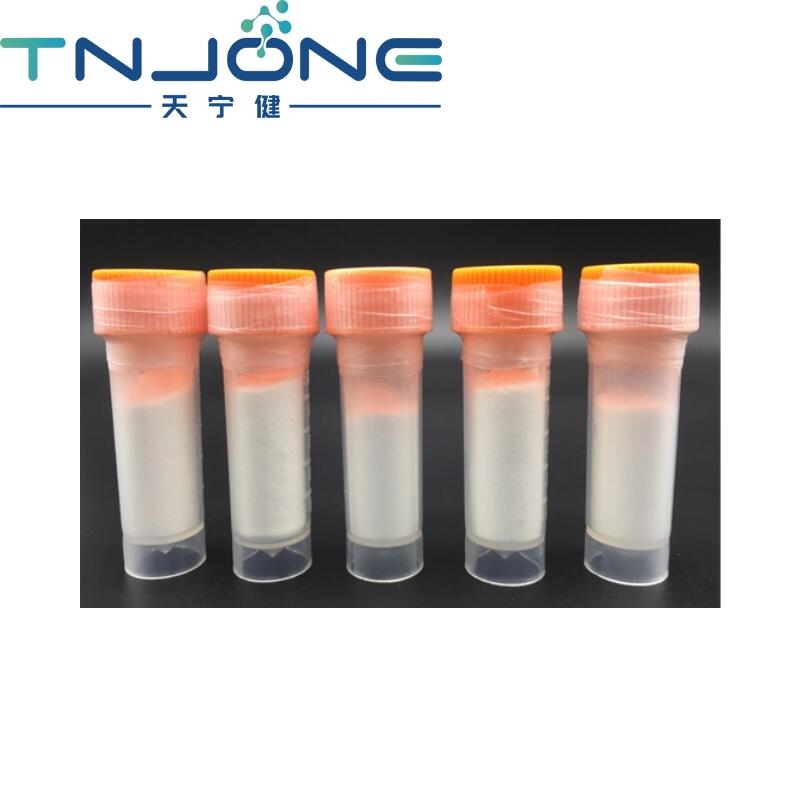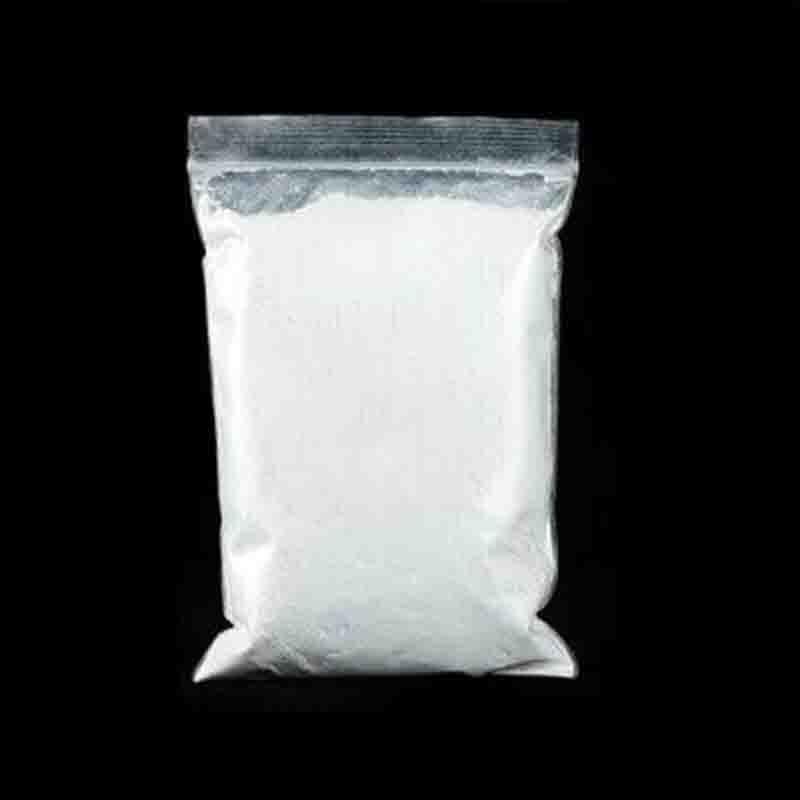-
Categories
-
Pharmaceutical Intermediates
-
Active Pharmaceutical Ingredients
-
Food Additives
- Industrial Coatings
- Agrochemicals
- Dyes and Pigments
- Surfactant
- Flavors and Fragrances
- Chemical Reagents
- Catalyst and Auxiliary
- Natural Products
- Inorganic Chemistry
-
Organic Chemistry
-
Biochemical Engineering
- Analytical Chemistry
-
Cosmetic Ingredient
- Water Treatment Chemical
-
Pharmaceutical Intermediates
Promotion
ECHEMI Mall
Wholesale
Weekly Price
Exhibition
News
-
Trade Service
The effect of collateral circulation compensation on endovascular therapy (EVT) for basilar artery occlusion (BAO) is currently unclear
.
To evaluate the prognostic value of collateral circulation compensation in EVT in BAO patients, the first author of this study was Huang Jiacheng, Department of Neurology, Second Affiliated Hospital of Army Medical University
.
The findings were presented as a poster abstract at the International Stroke Congress 2022 (ISC 2022)
.
The author of this article: Yimaitong ISC report group compiled and organized by Yimaitong, please do not reprint without authorization
.
STUDY INTRODUCTION Eligible participants with a composite collateral score collected in the Endovascular Treatment of Acute Basilar Artery Occlusion Study were included in the study
.
Based on categorization (0-1 vs 2-3 vs 4-5) and continuous composite collateral score, the effect of standard medical therapy (SMT) alone versus EVT + SMT in patients was assessed
.
The primary outcome was defined as a modified Rankin scale score of 0 to 3 at 90 days, and the safety outcomes were symptomatic intracerebral hemorrhage and mortality at 90 days
.
Main findings: ➤ A total of 828 patients were included: 108 patients with a composite collateral score of 0-1 (SMT: 11; EVT: 97), and 495 patients with a composite collateral score of 2-3 (SMT: 11).
101 cases; EVT: 394 cases), and 225 cases (SMT: 70 cases; EVT: 155 cases) had a composite collateral score of 4-5
.
EVT was associated with good prognosis (adjusted OR and 95% CI, 3.
86 [0.
32-46.
24], 6.
92 [2.
95-16.
23], 6.
98 [2.
83-17.
21], respectively)
.
➤Multivariate logistic analysis showed that patients with posterior cerebellar artery and superior cerebellar artery anastomosis (PICA-SCA anastomosis, P=0.
007) and composite collateral score ≥2 points (P=0.
027) had better prognosis after EVT
.
In addition, onset-to-puncture time (OPT) within 4 hours was a prognostic factor for the subgroup of poor collaterals (P=0.
049)
.
Conclusion PICA-SCA anastomosis is an important prognostic factor in BAO patients after EVT
.
For BAO patients with a composite collateral circulation score ≥2 and patients with poor collateral status, EVT can be used at OPT ≤4 hours
.
Yimaitong compiled from: Effects Of Collateral Compensation On Endovascular Treatment In Basilar Artery Occlusion.
ISC 2022.







